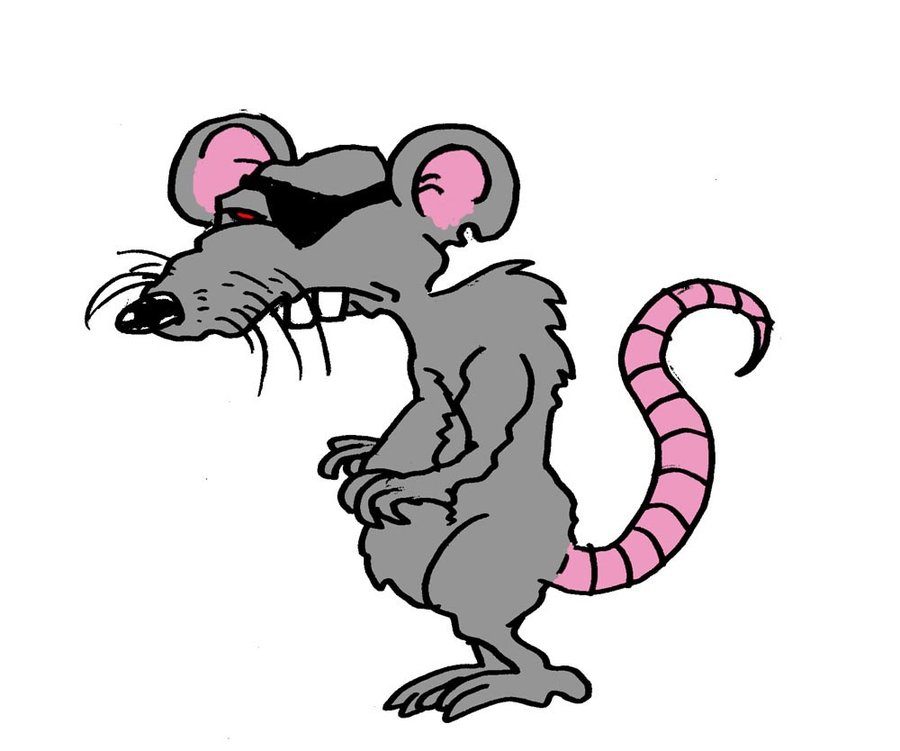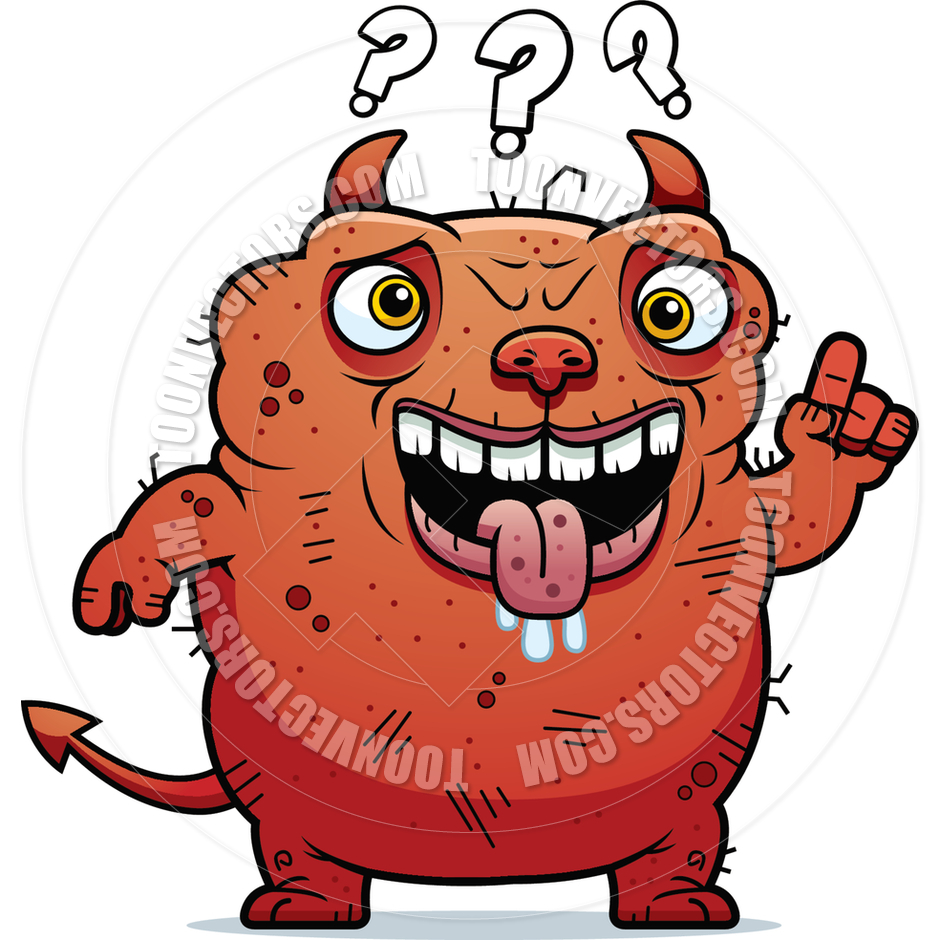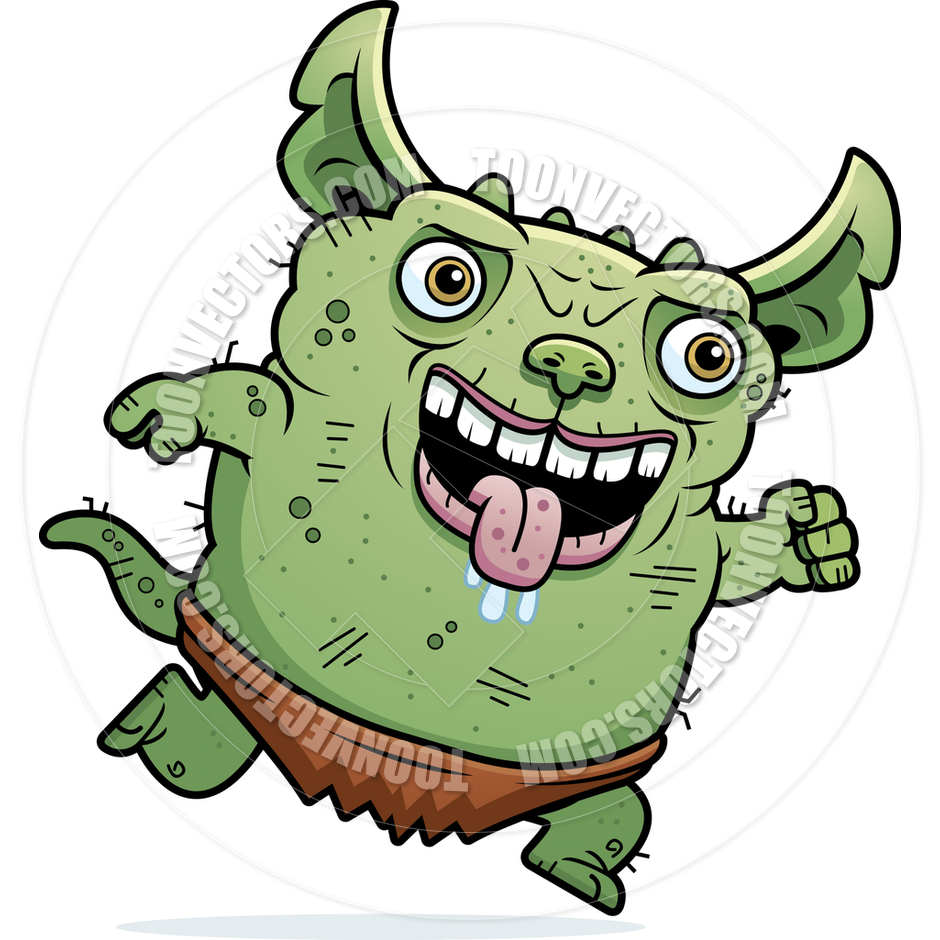Let's be honest, ugly cartoon animals are having a major moment right now. They're everywhere—on social media, in movies, on merchandise, and even in memes. But why do these quirky, weird-looking creatures resonate so deeply with us? Well, buckle up, because we're diving deep into the world of ugly cartoon animals and uncovering what makes them so darn lovable.
At first glance, you might think, "Ugh, why would anyone want to watch a cartoon about a blobfish or a blob with legs?" But here's the thing—ugly cartoon animals have this uncanny ability to make us laugh, feel seen, and even reflect on our own imperfections. They're not trying to be perfect, and that's exactly what makes them perfect for us.
So, whether you're a fan of "We Bare Bears," "Adventure Time," or even those random animal memes that pop up on your feed, there's something magical about these characters. Let's explore why they've become such a big deal in modern pop culture and how they're changing the way we think about beauty, imperfection, and self-acceptance.
Read also:Trey Makai Height The Untold Story Behind The Rising Star
Table of Contents
- What Are Ugly Cartoon Animals?
- The History of Ugly Cartoon Animals
- Why Are They So Popular?
- Famous Ugly Cartoon Characters
- The Psychology Behind Ugly Characters
- How They Affect Our View on Beauty
- The Business Impact of Ugly Characters
- Ugly Animals in Real Life
- The Future of Ugly Cartoon Animals
- Conclusion
What Are Ugly Cartoon Animals?
Now, before we get too deep into this, let's define what we're talking about. Ugly cartoon animals are basically characters that are designed to be... well, not conventionally cute. They might have exaggerated features, weird proportions, or just look like they stumbled out of a bad dream. But hey, that's the charm!
Think about it—traditional cartoon animals are usually cute, fluffy, and adorable. You know, like Mickey Mouse or Hello Kitty. Ugly cartoon animals, on the other hand, break all the rules. They're more like the rebel kids in the art class who refuse to follow the "beauty standards" set by society.
And honestly, that's why they're so refreshing. In a world where perfection is often glorified, these characters remind us that being different is okay—and sometimes, it's even better.
The History of Ugly Cartoon Animals
From Classic Cartoons to Modern Masterpieces
Believe it or not, ugly cartoon animals have been around for a while. Back in the day, classic cartoons like "Looney Tunes" and "Tom and Jerry" featured characters that weren't exactly "cute" by today's standards. Bugs Bunny, for example, had this sly, mischievous look that wasn't super adorable but was totally iconic.
Fast forward to today, and we've got shows like "Adventure Time," "Rick and Morty," and "Gravity Falls" that embrace weirdness and imperfection in their characters. These shows aren't afraid to push boundaries and create characters that are as quirky as they are unforgettable.
But it's not just about the visuals. Ugly cartoon animals often come with quirky personalities, witty dialogue, and storylines that challenge the status quo. And that's what keeps us coming back for more.
Read also:Megan Thee Stallion Body Measurements A Closer Look At The Queens Iconic Physique
Why Are They So Popular?
Because We Love Quirky and Relatable Characters
Here's the deal—ugly cartoon animals are popular because they're relatable. They don't try to be perfect, and that's something we can all relate to. In a world where social media often pressures us to present a "perfect" version of ourselves, these characters remind us that it's okay to be flawed.
Plus, they're funny as heck. Who doesn't love a good laugh? Ugly cartoon animals often come with absurd humor, unexpected plot twists, and a sense of unpredictability that keeps us entertained. And let's be real—sometimes, we just need a good laugh to brighten our day.
And then there's the whole "ugly is beautiful" movement. More and more people are embracing imperfection, and these characters are a reflection of that. They remind us that beauty isn't just about fitting into a certain mold—it's about being true to who you are.
Famous Ugly Cartoon Characters
Meet the Stars of the Ugly Animal Show
Okay, let's talk about some of the most famous ugly cartoon characters out there. These guys are the real MVPs of the industry, and they've captured our hearts in ways we never expected.
- Bender from "Futurama" – Sure, he's not technically an animal, but he's definitely ugly in the best way possible. Bender's sarcastic humor and no-nonsense attitude make him a fan favorite.
- Marceline from "Adventure Time" – She might not be "ugly" in the traditional sense, but her goth aesthetic and rebellious spirit make her stand out in a sea of cute characters.
- Gromit from "Wallace and Gromit" – Gromit might not be conventionally cute, but his expressive face and loyal personality make him one of the most beloved characters in animation.
- Bender from "Futurama" – Wait, did I mention him already? Yeah, he's that good.
And let's not forget about the random animal memes that flood our social media feeds. From blobfish to narwhals, these creatures have become internet sensations for their quirky looks and hilarious captions.
The Psychology Behind Ugly Characters
Why We Love What We Don't Understand
So, what's the psychology behind our love for ugly cartoon animals? Well, it turns out that our brains are wired to find beauty in imperfection. It's called the "aesthetic paradox," and it basically means that we're drawn to things that challenge our expectations.
Ugly cartoon animals do exactly that. They break the mold of what we think a "cartoon character" should look like, and that makes them more interesting. Plus, they often come with relatable personalities and storylines that make us feel seen and understood.
And let's not forget about the humor factor. Research shows that humor is one of the most powerful tools for building connections, and ugly cartoon animals are masters of the absurdly funny. They make us laugh, and that releases endorphins, which make us feel good. It's a win-win!
How They Affect Our View on Beauty
Redefining Beauty Standards in Animation
Ugly cartoon animals are doing more than just entertaining us—they're changing the way we think about beauty. In a world where traditional beauty standards often dominate, these characters remind us that beauty comes in all shapes, sizes, and forms.
They challenge the idea that "cute" is the only way to be attractive. Instead, they show us that being unique, quirky, and imperfect can be just as beautiful—if not more so. And that's a powerful message, especially for younger generations who are growing up in a world that can sometimes feel overwhelming.
By embracing these characters, we're also embracing the idea that it's okay to be different. And that's a pretty beautiful thing, if you ask me.
The Business Impact of Ugly Characters
How Ugly Cartoon Animals Are Driving the Entertainment Industry
Now, let's talk about the business side of things. Ugly cartoon animals are not just a cultural phenomenon—they're also a major force in the entertainment industry. From merchandise to movies, these characters are driving sales and influencing trends.
Take "Adventure Time" for example. The show was a massive hit, and it spawned a huge merchandise empire. Fans couldn't get enough of Finn, Jake, and Marceline, and that translated into big bucks for the creators.
And it's not just about merchandise. Ugly cartoon animals are also influencing the way we think about storytelling. By breaking the mold of traditional cartoon characters, they're opening up new possibilities for creators to explore. And that's leading to more diverse, inclusive, and innovative content.
Ugly Animals in Real Life
When Real Life Meets Animation
While we're talking about ugly cartoon animals, it's worth mentioning their real-life counterparts. There are plenty of animals out there that aren't exactly "cute" by traditional standards, but they're just as fascinating—and sometimes even more so.
Take the blobfish, for example. This deep-sea dweller has become an internet sensation thanks to its squishy, blob-like appearance. Or how about the axolotl, with its permanent "smile" and quirky little legs? These creatures remind us that nature is full of surprises—and sometimes, the weirdest-looking animals are the most interesting.
And let's not forget about the importance of conservation. By embracing ugly animals, we're also raising awareness about the need to protect all creatures, not just the cute ones. Because at the end of the day, every animal has a role to play in the ecosystem—and that's something worth celebrating.
The Future of Ugly Cartoon Animals
Where Are These Characters Heading?
So, where does the future of ugly cartoon animals lie? Well, if current trends are anything to go by, they're here to stay. As more and more creators embrace the idea of imperfection, we're likely to see even more quirky, weird, and wonderful characters hitting our screens.
And with the rise of streaming services and social media platforms, there's more room than ever for diverse and innovative content. Creators can experiment with new styles, stories, and characters without fear of rejection. And that's great news for fans of ugly cartoon animals everywhere.
So, whether you're a fan of classic cartoons or modern masterpieces, there's something for everyone in the world of ugly cartoon animals. And that's what makes them so special.
Conclusion
In conclusion, ugly cartoon animals are more than just a trend—they're a cultural phenomenon that's changing the way we think about beauty, imperfection, and self-acceptance. From their quirky personalities to their absurd humor, these characters have captured our hearts in ways we never expected.
So, the next time you see an ugly cartoon animal, take a moment to appreciate what makes them unique. Because in a world that often celebrates perfection, these characters remind us that being different is okay—and sometimes, it's even better.
And hey, if you've enjoyed this article, don't forget to leave a comment, share it with your friends, or check out some of our other awesome content. Because at the end of the day, ugly cartoon animals are just the beginning of a much bigger conversation about beauty, diversity, and creativity. So, let's keep the conversation going!


